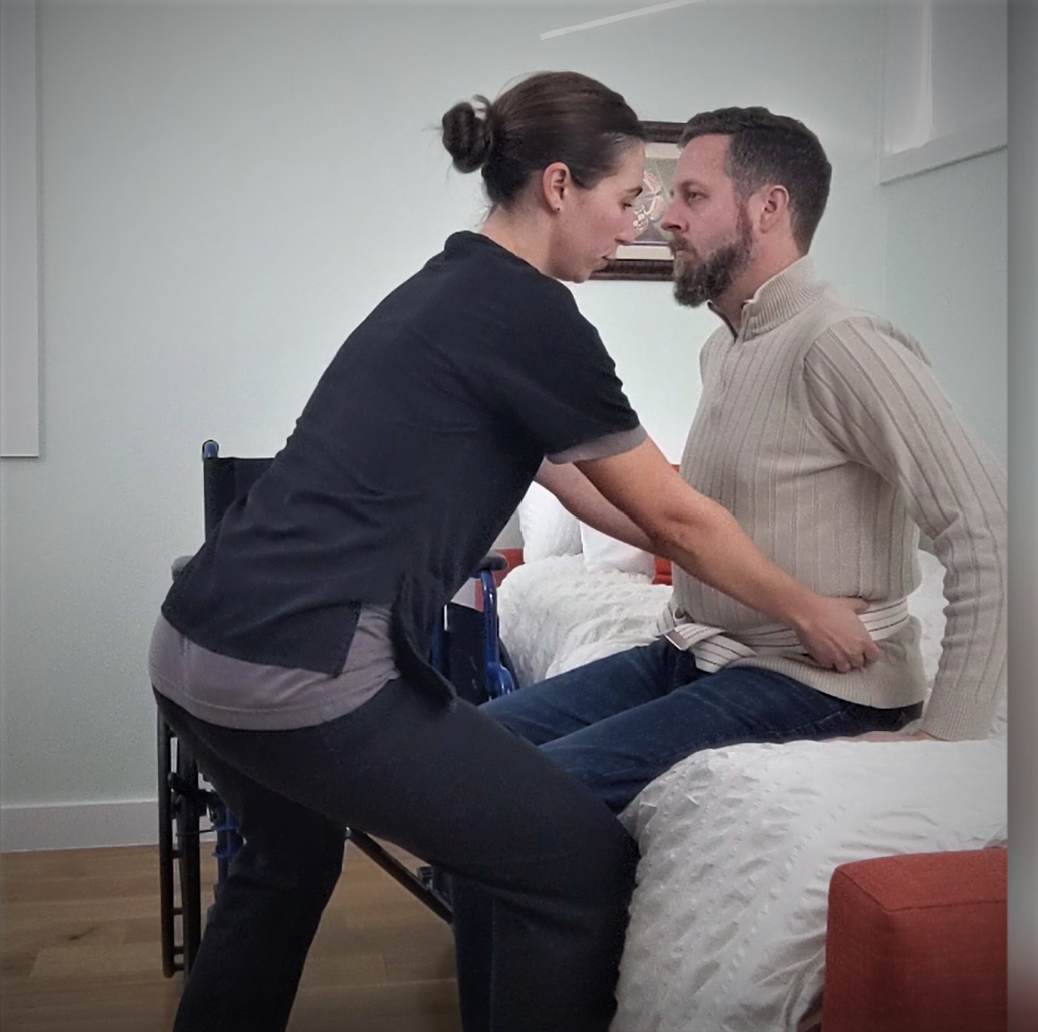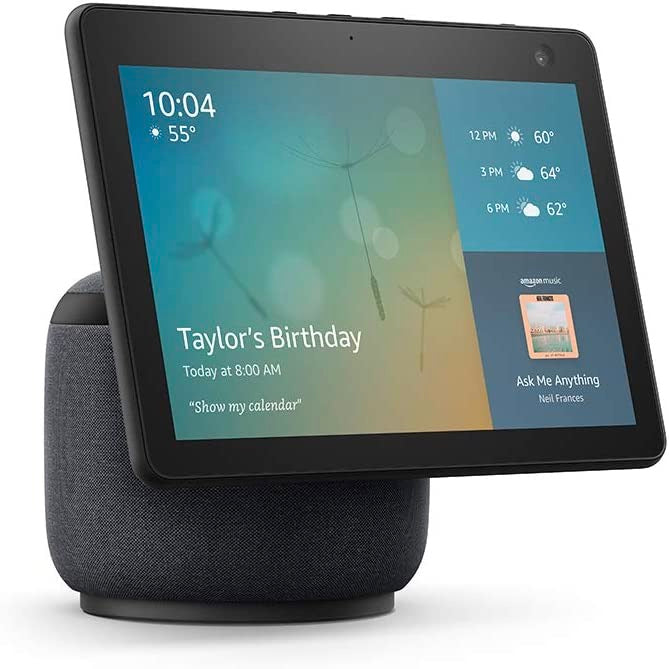Getting Durable Medical Equipment Through Insurance
Getting Durable Medical Equipment Through Insurance
Mobility devices and hospital beds can be covered by insurance in certain cases because they are considered durable medical equipment (DME). This is not a service we provide (yet). But we can give you all the details on how to get it done.
It requires:
- a visit to the doctor
- a prescription
- sometimes a therapy visit
- no similar device ordered within the past 5 years (unless the person's abilities have declined)
It can take 2-3 months to get things like a power wheelchair. But it is financially worth it to go through insurance for custom devices.
If you want to try to get a hospital bed, manual wheelchair, scooter or power wheelchair through insurance follow these steps:
1. Schedule an in person visit with the physician or nurse practitioner - they'll need to write a prescription and write they recommend it in their clinic notes.
2. Connect with a wheelchair provider in your area that accepts your insurance. Use the Medicare Supplier Directory to help.
3. They will help you the rest of the way by scheduling an evaluation (if needed), collecting paperwork and getting it sent to the insurance provider for approval. Finally they will provide the device and maintenance for the next 5 years.
Why we know this works
Why we know this works
Health insurance doesn't pay for many items that go on the home, so it's really important for you to use your insurance benefits when able. So we highly recommend using insurance to get hospital beds, oxygen, patient lifts and custom manual or power wheelchairs. Insurance can pay for a walker, but it makes it more challenging to get a wheelchair in the future if you need it. And since walkers are much more affordable, it makes sense to use your insurance benefit on the wheelchair.
How to access this resource
How to access this resource
Find your local supplier of durable medical equipment (DME) that is Medicare approved at this site. https://www.medicare.gov/medical-equipment-suppliers/
Frequently Asked Questions
Frequently Asked Questions
Q: How does the Getting Durable Medical Equipment Through Insurance process work? The process involves three main steps: getting a doctor's prescription and recommendation, connecting with an insurance-approved DME provider, and working with them to handle paperwork and approval. Your healthcare provider must write a prescription and document their recommendation in clinic notes, then a certified DME supplier will guide you through evaluation, insurance submission, and final delivery.
Q: What types of durable medical equipment are covered by insurance? Insurance typically covers mobility devices like power wheelchairs, manual wheelchairs, scooters, and hospital beds when they're medically necessary. These items are classified as durable medical equipment (DME) and may be covered if you meet specific medical criteria and haven't received similar equipment within the past 5 years.
Q: How long does it take to get durable medical equipment approved through insurance? The approval process typically takes 2-3 months for complex items like power wheelchairs. This timeline includes the doctor visit, prescription writing, DME provider evaluation, insurance paperwork submission, approval waiting period, and final delivery and setup of your equipment.
Q: What are the requirements to qualify for insurance-covered durable medical equipment? You need an in-person visit with a physician or nurse practitioner, a written prescription, documentation in medical records, and sometimes a therapy evaluation. Additionally, you cannot have received similar equipment within the past 5 years unless your medical condition or abilities have declined significantly.
Q: How do I find a durable medical equipment provider that accepts my insurance? Use the Medicare Supplier Directory to locate certified DME providers in your area that accept your specific insurance plan. These providers are experienced in working with insurance companies and will handle most of the paperwork and approval process for you.
Q: Is it worth going through insurance for durable medical equipment instead of paying out of pocket? Yes, it's financially beneficial to go through insurance, especially for custom devices like power wheelchairs that can cost thousands of dollars. Insurance coverage also typically includes 5 years of maintenance and support, making it much more cost-effective than purchasing equipment privately.
Share

Solve the whole puzzle! Get more education, resources & services
-

Caregiver Training Courses
Go to website for the full training library We've partnered with Higher...
Dive Deeper: A knowledge base of solutions for real caregiving questions
View all-

👵 Gift Giving Guide for Grandparents - Top 5 Dr...
Discover the top 5 mobility aid gifts that help grandparents stay confident, safe, and independent. From rollator-wheelchair combos to walking sticks and reacher tools, these OT-approved picks make everyday movement...
👵 Gift Giving Guide for Grandparents - Top 5 Dr...
Discover the top 5 mobility aid gifts that help grandparents stay confident, safe, and independent. From rollator-wheelchair combos to walking sticks and reacher tools, these OT-approved picks make everyday movement...
-

💚 Gift Giving Guide for Loved Ones with Parkins...
Find meaningful, OT-approved gifts for loved ones with Parkinson’s. From easy-on clothing and tremor-control tools to mobility cueing devices and safe sleep aids, these expert-selected products restore confidence, reduce frustration,...
💚 Gift Giving Guide for Loved Ones with Parkins...
Find meaningful, OT-approved gifts for loved ones with Parkinson’s. From easy-on clothing and tremor-control tools to mobility cueing devices and safe sleep aids, these expert-selected products restore confidence, reduce frustration,...
-

The Reacher Grabber Tool: Stay Safe, Independen...
Learn how a reacher (or grabber tool) helps prevent falls, protect your back, and make daily activities easier. OT-approved and recommended by AskSAMIE.
The Reacher Grabber Tool: Stay Safe, Independen...
Learn how a reacher (or grabber tool) helps prevent falls, protect your back, and make daily activities easier. OT-approved and recommended by AskSAMIE.








